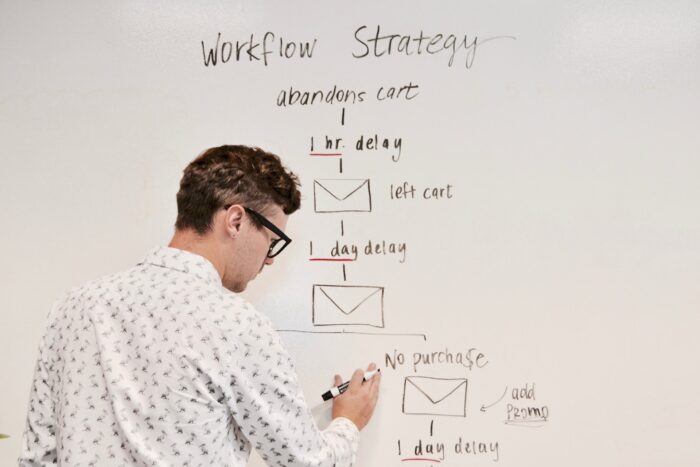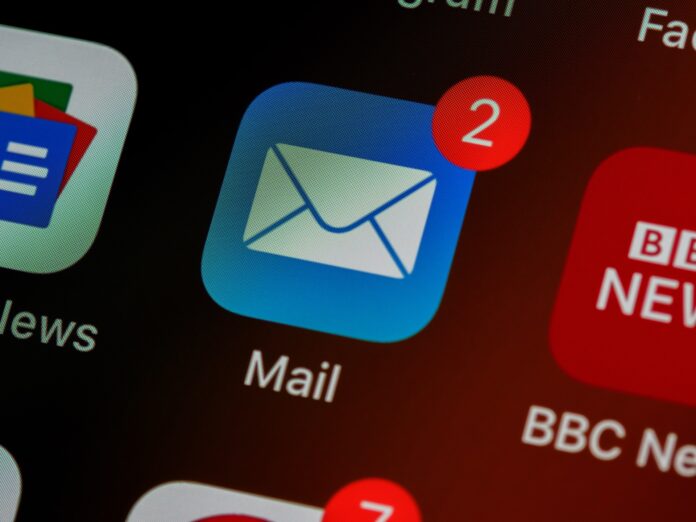Introducing email outreach into your marketing strategy? The good news is that you are not alone. Many businesses — especially those that had to pivot and create online stores when the pandemic first hit — are looking at ways to amplify their sales through email correspondence with their customers. Setting a good foundation related to this specific marketing type can lead to more efficient campaigns and better-looking sales numbers down the line.
Efficient email marketing for ecommerce stores goes beyond just increasing sales figures. It also helps to build stronger connections with customers, to generate new leads, and should be a tool that helps to differentiate your products or services from those of your competitors. Let’s dig into the basics to help get you there.
What Is Email Marketing?
Email marketing is the process of sending mass-volume promotional messaging to people in their inboxes. Typically, potential or existing customers, subscribers will have opted into receiving updates from your business at some point, and should always have the option to unsubscribe with every piece of correspondence.
How Do I Get the Most Out of Email Marketing?
From brainstorming new ways to drive traffic to your online store to creating engaging social media content and optimizing paid and organic SEO efforts, successful digital marketing takes an army of talented individuals. Hiring (or contracting) an email marketing specialist to focus solely on this type of marketing and how it can benefit your business is an investment that will pay for itself in no time at all.
The lucky candidate should be highly skilled in tracking the right metrics based on your KPIs, as well as have a knack for understanding campaign analytics and spotting the gaps and opportunities related to each one. Here are some other ways to get the most (ROI) out of your email marketing efforts:
Execute Campaigns with Email Marketing Software
We live in a time scarce world, so managing email lists and building mailers manually shouldn’t even factor into anything resembling an efficient strategy. An email marketing software — designed to help manage and automate as much of the process as possible — will leave you with far less to oversee, especially once core templates are finalized.

The software should help you go beyond just sending out monthly newsletters or basic drip campaigns. Platforms like Sendlane and others gather as much information as possible from every single engagement related to each campaign. The right software should also suggest ways to improve open and click rates, work to bypass dreaded spam filters, and help you to target different segments of your audience with high levels of precision.
Personalization Makes a Big Difference
With consumers being bombarded with advertising on their smartphones at all hours of the day, personalization in marketing has become a big talking point around the world. This type of approach helps to make customers feel special and unique, and it is a great way to get their attention in the split second you have to grab it.
Personalized email marketing usually involves adding a script into the copy that addresses customers by their first names. Some businesses add first and middle names, but ask yourself, when was the last time someone addressed you as such in real life? The simpler you can keep things, the better.
Be Consistent, Not Persistent
Sending out email campaigns should always be done consistently rather than persistently. Repeatedly funneling content geared towards a hard sell is the easiest way to increase unsubscribes ― and fast. Remember that you set the tone (and expectations) around how often subscribers to your list (or lists) hear from you. Keep an eye on the resulting analytics to judge whether people are comfortable with the amount of correspondence or not.
We should add that not annoying people includes not just capturing thousands of email addresses and hitting them all with the same message all the time. “Spray and pray” will almost certainly lead to poor conversion rates. Efficient list management (and creating audience segments split into different types of customers or leads) can help you speak directly to specific people and tap into their specific needs at the same time.

Armed with everything you should know about setting a good foundation for your email campaigns, you’re good to go in terms of incorporating it into your overall marketing strategy. All that’s left to work on now is getting the email copy 100% right and polished, striking a healthy balance between being informative and promotional. Focus on doing what you can to encourage connection from campaign to campaign. In no time at all, your ecommerce store may have a bulkier bottom line for you to bask in.
Find a Home-Based Business to Start-Up >>> Hundreds of Business Listings.

















































